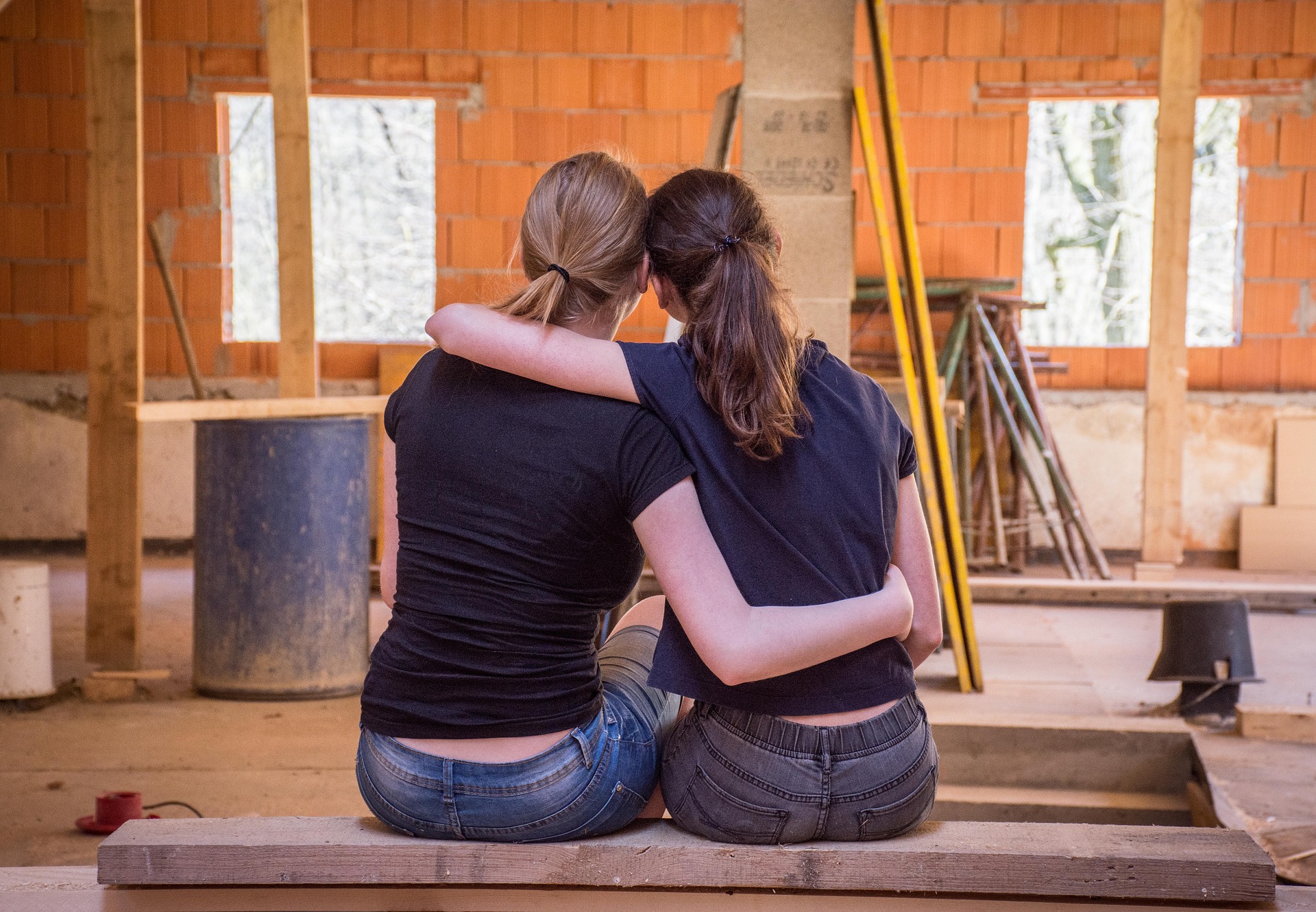Flipping Properties vs Being a Revitalization Partner

Over the last few decades, ‘flipping’ real estate property has become a household term. There are even numerous reality shows on the topic as well as local seminars promising to make everyone a billionaire by following their real estate ‘flipper’ program. While I certainly appreciate the hard work, effort and good intentions of individuals wishing to make a difference, the reality is it is tremendously difficult to revitalize a neighborhood in distress by individual investors alone. True community revitalization only happens when the local government and developers partner.
Starting around the 1960’s, the real estate market saw buyers fleeing cities seeking a ‘better lifestyle’ in suburban neighborhoods. Buyers believed they were essentially escaping the inconveniences and overcrowding of the cities to a tranquil respite to call home. This suburbanization led to population drops and a general hollowing out of cities, with increases in blighted or abandoned homes, losses of restaurants and retail options, and decreases in public transportation as well as school quality and choices. But as the saying goes “all that glitters is not gold’ , this trend has generally reversed. Since the 1990’s, the trend in real estate has been moving away from the suburban lifestyle and back to city/urban center living as many home buyers have come to recognize and appreciate the value of smaller yards, shorter commutes, and walkability found in these areas.
The problem is that most cities have a large supply of houses more than 50 years old that need varying degrees of renovation, as well as many neglected buildings and vacant lots. While the prospective home owners appreciate the charm and history of the houses found in cities, they don’t have the time, knowledge or interest in remodeling these older homes themselves. Majority of urban buyers want everything to be already renovated and updated when they move in. Millennials are often coming from apartments full of new furnishings and amenities and don’t want to settle for less. GenXers are busy with kids and careers, and the Baby Boomers are largely of retirement age.
Some neighborhoods have inventories of neglected and/or abandoned properties that account for 25% or more of its inventory. Relying on individual investors is simply not as effective. as partnering with a real estate property company that invests as its sole business.